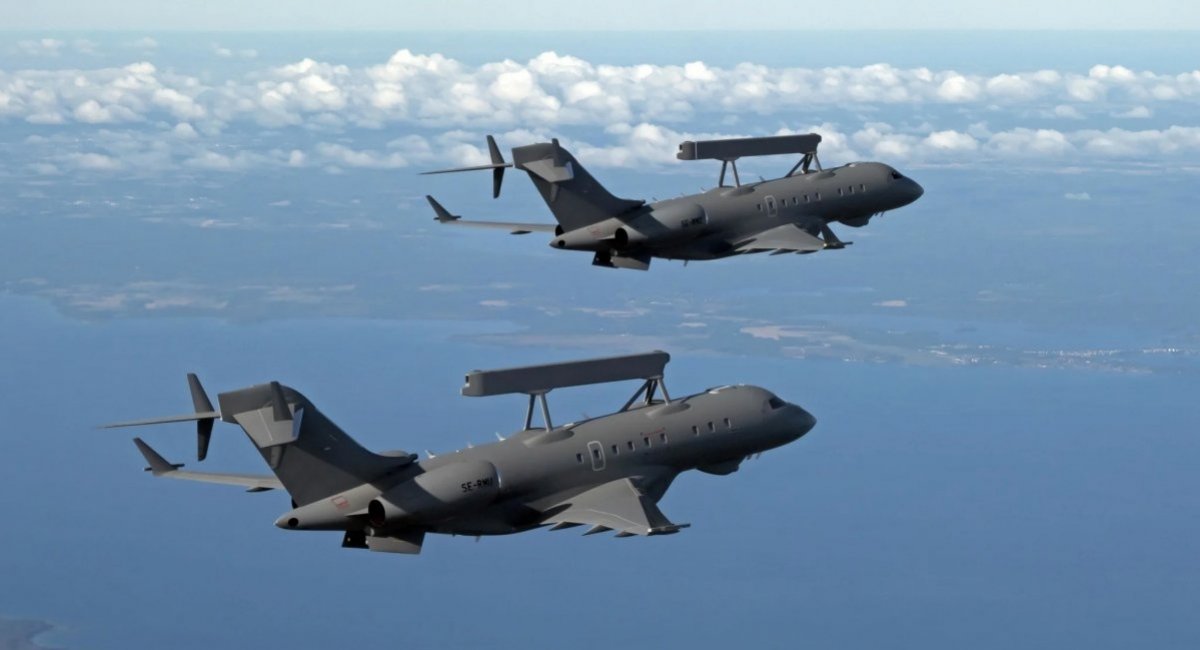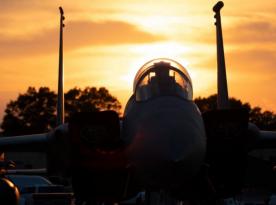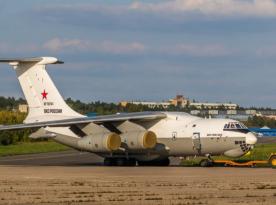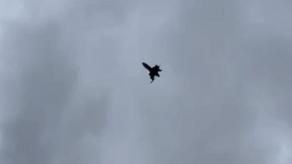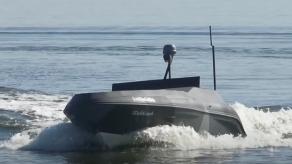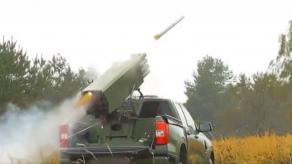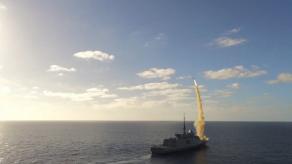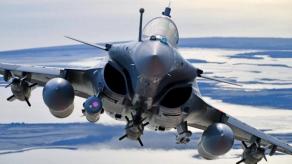Following the announcement of the largest-to-date €1.16 billion military aid package to Ukraine, Sweden's defense ministry has disclosed plans to expedite the commissioning of the Saab GlobalEye AEW&C systems and confirmed an extra order of two additional airborne radars of this type, supplementing the two initially ordered in June 2022.
Also known as S106, the GlobalEye aerial early warning and control systems are set to replace the two ASC 890 (a.k.a. Saab 340 AEW&C or S-100B Argus) aircraft Stockholm is donating to the Ukrainian Air Forces in this package.
Read more: Numbers Make Difference: Sweden Gives Ukraine Two Saab 340 AEW&Cs, Not One
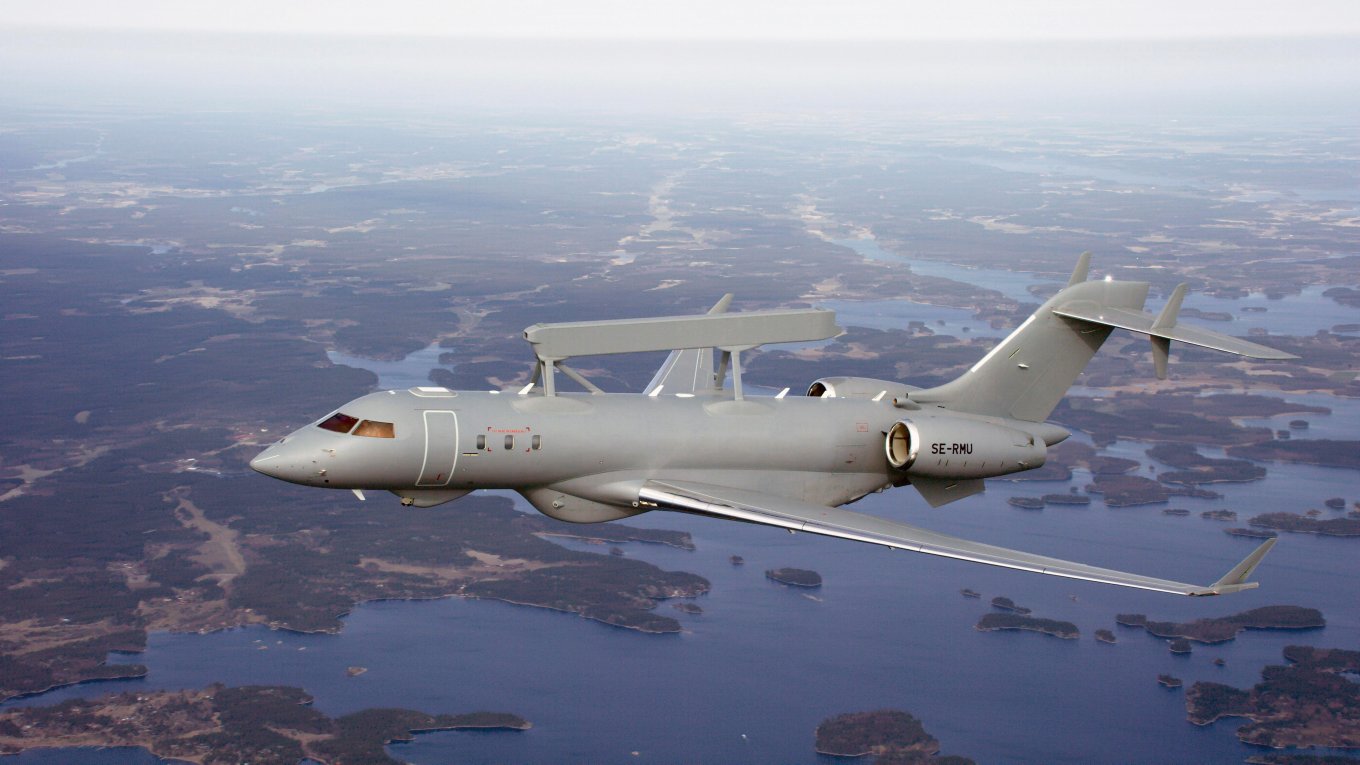
However, it's essential to recognize that despite the intent to accelerate the process, Sweden won't receive GlobalEye anytime soon. The two aircraft previously ordered, for which 7.3 billion Swedish kroner (about USD 800 million) were allocated, are slated for handover only in 2027.
When comparing the GlobalEye and ASC 890, it may initially seem that the only distinction lies in the carrier aircraft platform, with the ASC 890 based on the Saab 340 and the GlobalEye on the Canadian Bombardier Global 6000 or 6500. The radar unit appears unchanged visually.
Definitely, the capabilities of the Bombardier Global 6000 are more extensive than those of the Saab 340, the AEW&C system based on a business jet can remain airborne for at least 11 hours, compared to the 5 hours declared for the turboprop-powered ASC 890. But the differences extend beyond just the aircraft.
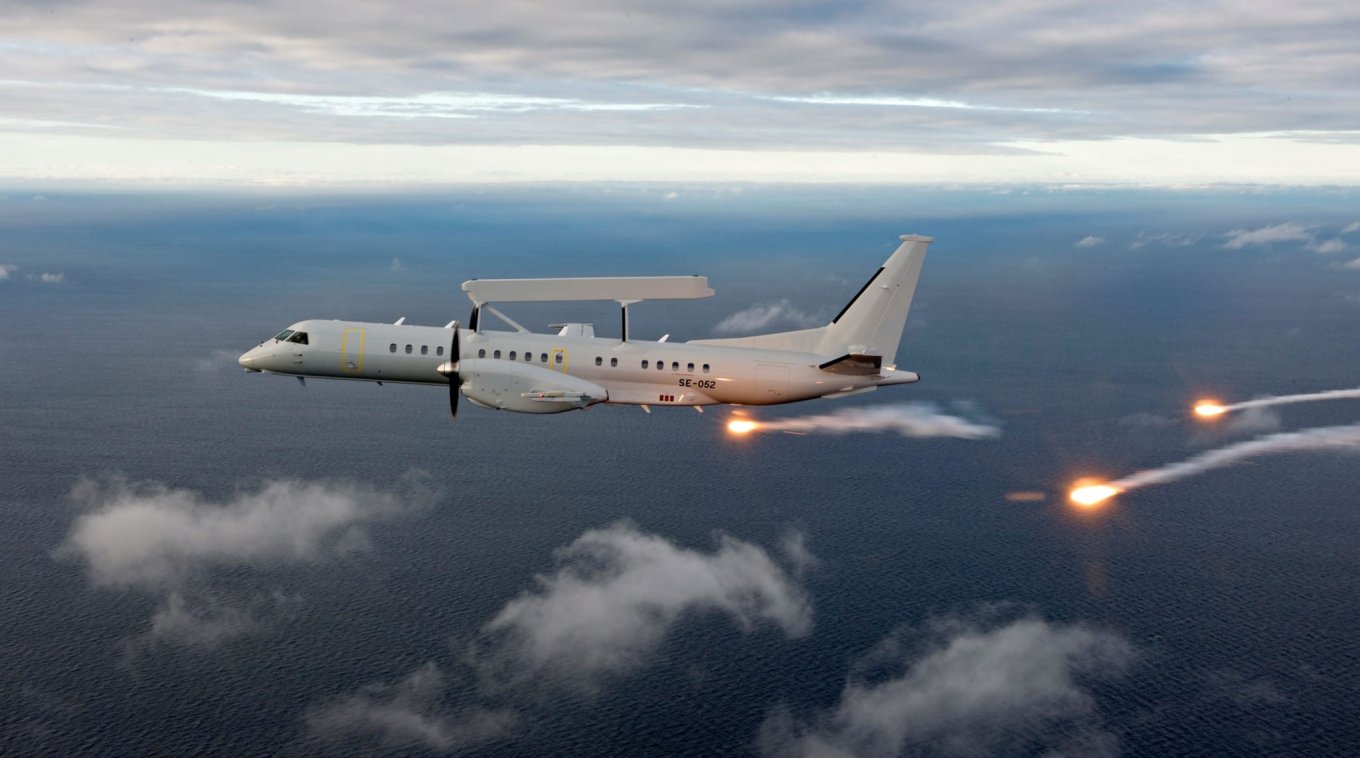
The key distinction is that GlobalEye received the updated Erieye ER radar, with superior specifications in terms of target detection range, operation under heavy electronic warfare (EW) interference, and the ability to detect small targets at longer distances. Officially, Saab declares that the instrumental range of the radar significantly exceeds 650 km, compared to 450 km in the previous Erieye version, with unofficial estimates suggesting a range of 775 km.
Saab also provides an illustrative example: a GlobalEye flying at an altitude of 35,000 feet (10,668 meters) can detect a low-altitude target at 200 feet (61 meters) from 458 km away — essentially, the range of the radio horizon for the aircraft's altitude. That considered, the reports about the instrumental range being 775 km are no longer surprising. Also, the capability of detecting targets on the ground is declared.
Additionally, GlobalEye houses one more radar, the Leonardo Seaspray 7500E, under its fuselage, designed specifically for detecting sea targets within a range of up to 590 km. Furthermore, the AEW&C system integrates signal intelligence and electronic warfare equipment, with the option to add an electro-optical pod as per customer requirements.
Besides, significant improvements have been made in integrating the aircraft into the overall system of automatic data processing and exchange.
In summary, the GlobalEye offers significantly enhanced functionality compared to the ASC 890, both in mobility and hardware aspects.
Read more: Ukraine Can Count on Swedish JAS 39 Gripen Jets, When to Expect?



